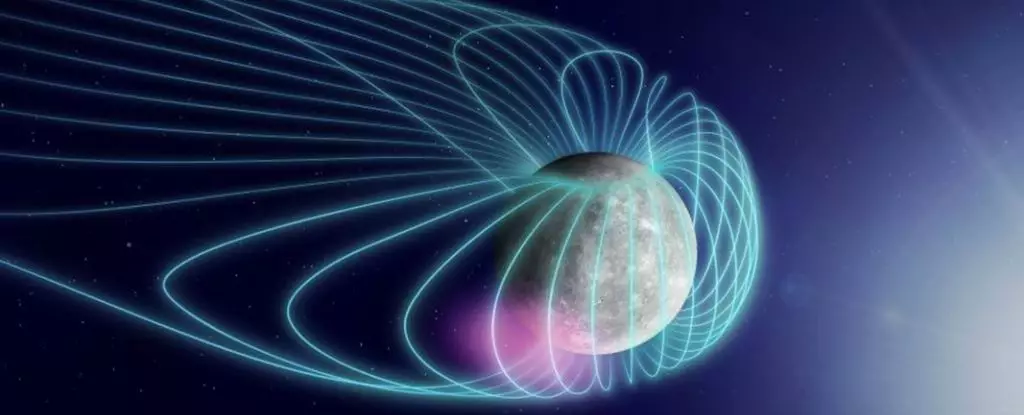In the vast expanse of space, certain planets with a magnetosphere emit a mesmerizing symphony. Imagine listening with the right instruments and hearing chirping and whistling, akin to the enchanting melodies of birds at dawn and dusk. These captivating sounds, known as chorus waves, have been observed on Earth, Jupiter, Saturn, Uranus, and Neptune. Recently, a team led by astronomer Mitsunori Ozaki of Kanazawa University has made a remarkable discovery. They have detected these celestial melodies reverberating around Mercury, a barren planet that remains isolated as it skirts the scorching Sun. While Mercury lacks the luxuries of a dense atmosphere and permanent radiation belts found on other planets, the presence of chorus waves could offer valuable insights into its magnetic environment and the broader understanding of planetary magnetic fields shaped by the solar wind.
Mercury, known for its scarce magnetic field and practically non-existent atmosphere, is just a desolate rock situated perilously close to the Sun. Constantly pummeled by radiation and the solar wind, this forsaken world conceals intriguing secrets within its bare surface. Recently, scientists discovered the existence of auroras on Mercury, despite its feeble magnetic field and atmosphere. Prior to this revelation, scientists had speculated about the possible existence of chorus waves on Mercury. These unique phenomena arise when energetic electrons become trapped within a planet’s magnetosphere, spiraling along magnetic field lines, and generating plasma waves. These waves can be transformed into audible sounds, whose characteristics depend on the movement and location of the electrons.
Our understanding of Mercury’s magnetic environment remains incomplete due to sporadic and limited exploration. Since the 1970s, when Mariner 10 provided some insights into its magnetic field, scientists have strived to compensate for this knowledge gap. One of the key instruments deployed as part of the Mercury BepiColombo mission, initiated in 2018, is the Mercury Magnetospheric Orbiter (MIO). However, MIO is yet to settle into its designated orbit due to the challenges posed by the Sun’s gravity. Nonetheless, the spacecraft successfully conducted flybys of Mercury in 2021 and 2022, collecting valuable observations of its magnetic field. Within the data captured by MIO, the researchers detected compelling evidence of whistler-mode waves within Mercury’s magnetosphere. However, the presence of these waves was intriguingly limited to a specific section of Mercury’s magnetosphere, known as the dawn sector. This observation suggests the existence of either a physical mechanism that promotes chorus waves in that region or suppresses them elsewhere.
To comprehend the nature and characteristics of these chorus waves, further observations and extensive analysis are imperative. The initial detections serve as a foundation for meticulous investigations that will be conducted after MIO’s orbital insertion in 2025. As the researchers embark on this scientific endeavor, one resounding question persists: Do Earth and Mercury exhibit similar spatiotemporal properties of electron-driven chorus waves? This query encapsulates the pursuit of unraveling the enigmatic relationship between the magnetic environments of these celestial bodies.
Mercury, the untamed world fraught with extreme conditions, continues to astonish us with its hidden treasures. The recent detection of chorus waves around this desolate planet signifies a profound leap forward in our understanding of its magnetic environment. These findings not only shed light on the intricacies of Mercury’s magnetosphere but also contribute to our broader comprehension of planetary magnetic fields and their interaction with the solar wind. As scientists strive to reveal the secrets of Mercury’s chorus waves, we eagerly anticipate the future revelations that will unlock the symphony of this captivating celestial phenomenon.


Leave a Reply